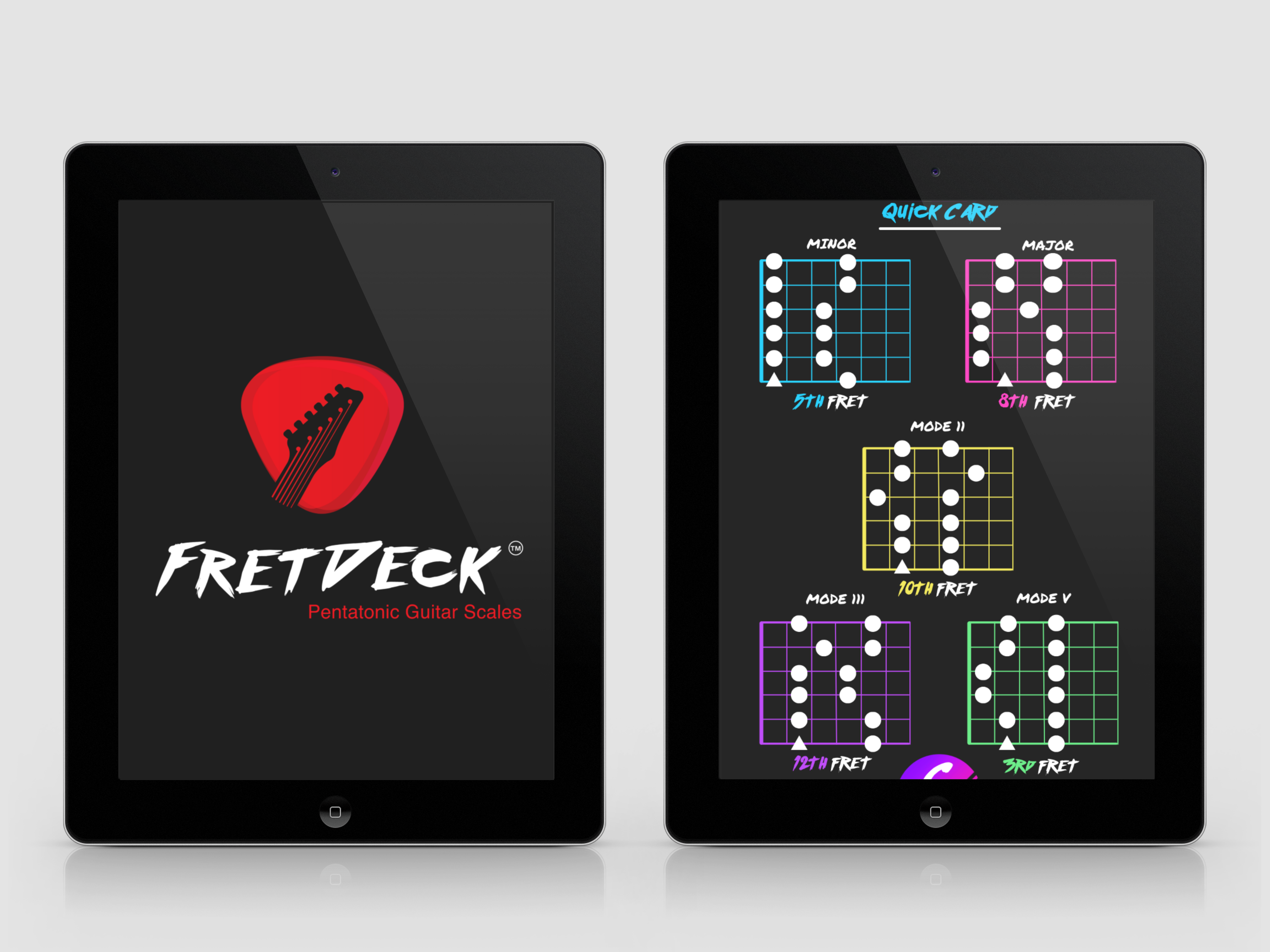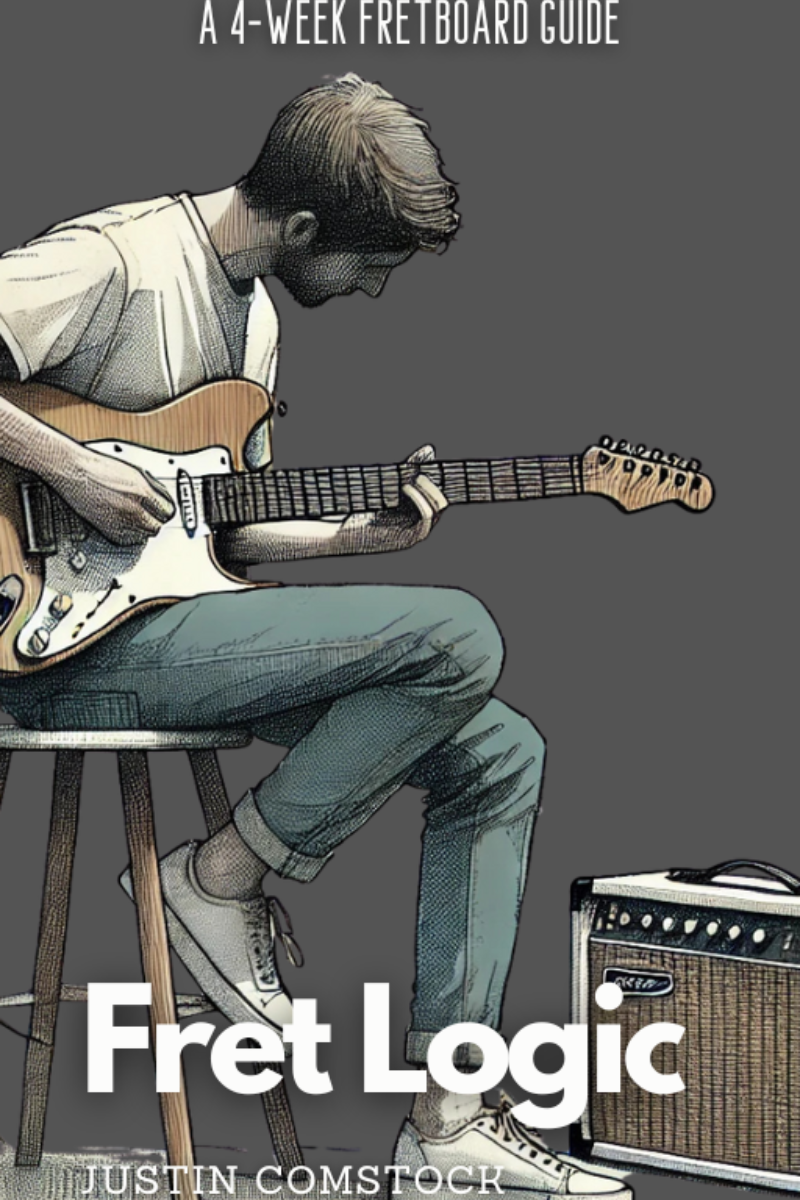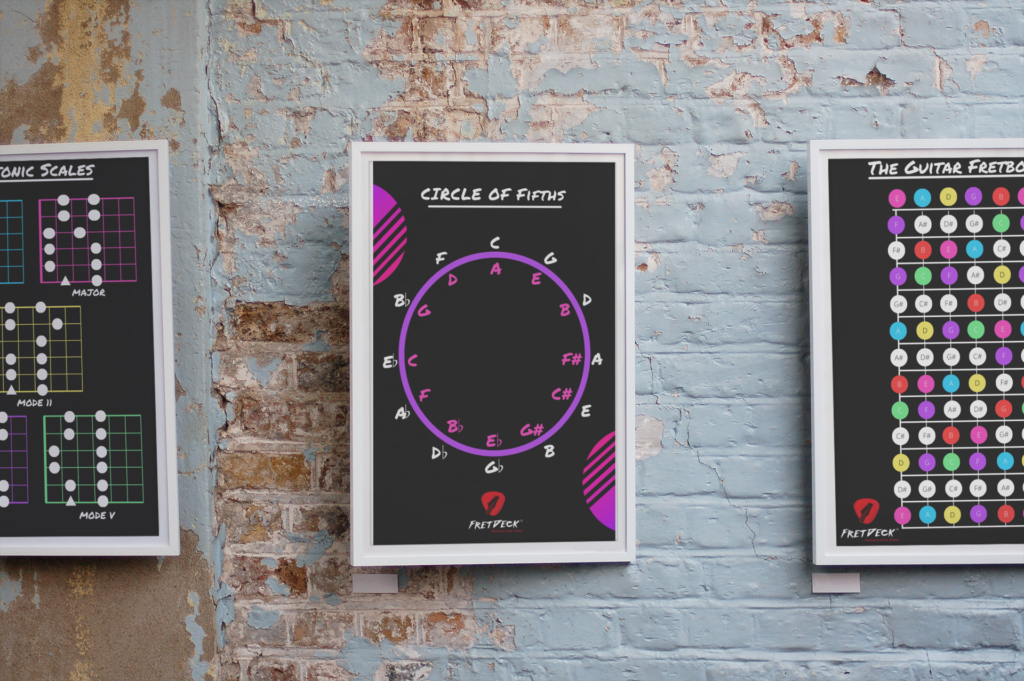I still remember the first time I tried to learn guitar solo. I was sitting on the edge of my bed, guitar in hand, replaying a track by one of my heroes. The notes seemed to fly past me at lightning speed, leaving me somewhere in the dust. It felt impossible—like magic I could never touch.
But let me tell you something: learning a guitar solo is far less about magic and far more about method. Even better? Once you break it down, you can take the same principles and start improvising your own solos. That’s where the real fun begins.
In this post, I’ll show you how to not only learn guitar solos but also craft solos of your own using techniques, scales, and strategies that work every time.
1. Break the Solo Into Small, Learnable Parts (learn guitar solo)
The biggest mistake people make when trying to learn a guitar solo is tackling the whole thing at once. Instead, break it into small phrases or sections—just a few notes at a time.
Here’s How:
- Listen to the solo carefully: Play it repeatedly and focus on short sections—maybe 2 or 4 bars.
- Learn slowly: Use tools like YouTube’s slow-down feature or apps like Amazing Slow Downer to hear every detail.
- Loop each section: Play one small part over and over until it’s clean. Then move to the next.
Learning solos this way makes even the most complex pieces feel manageable.

Download The FretDeck & Pentatonic Secrets Course!
Download Our Course
2. Master Essential Scales for Soloing (learn guitar solo)
Behind every great guitar solo is a scale—whether it’s blues, rock, jazz, or funk. If you want to learn guitar solo techniques and improvise like a pro, you need to know the right scales.
Must-Know Scales to learn guitar solo techniques:
- Minor Pentatonic Scale: This 5-note scale is the heart of blues and rock solos.
- Major Scale: Perfect for melodic, uplifting solos.
- Blues Scale: Add the ‘blue note’ for extra flavor and grit.
- Harmonic Minor Scale: Great for solos with a dramatic, unique sound.
How to Practice:
- Learn each scale position across the fretboard.
- Practice ascending, descending, and mixing up the notes.
- Play the scales over a backing track to make them sound musical—not mechanical.
3. Focus on Feel, Not Just Speed
When you’re learning a guitar solo, it’s tempting to aim for speed first. But solos that truly stand out have one thing in common: feel.
Techniques to Add Feel:
- Bends: Slowly bend a note up to pitch for tension and release.
- Vibrato: Shake a note to give it life. A good vibrato can make one note sing.
- Slides: Glide into notes for a smooth, vocal-like sound.
- Dynamic Picking: Play some notes softly and others louder to create contrast.
Even if you’re only playing a handful of notes, adding these techniques will make you sound like a pro.
4. Play Along with the Original Recording (learn guitar solo)
If you want to learn guitar solos accurately, playing along with the original recording is key. It trains your ear, tightens your timing, and helps you nail the nuances of the solo.
What to Do:
- Once you’ve learned each section of the solo, start piecing them together.
- Play along at a slower tempo first, then gradually work up to full speed.
- Listen closely to the player’s phrasing, tone, and feel. Mimic their dynamics and expression.
This exercise is a powerful way to build confidence and lock into the solo’s groove.
5. Practice Improvising Your Own Solos (learn guitar solo)
Once you’ve learned a guitar solo or two, it’s time to create your own. Improvisation can seem intimidating, but the key is starting small and simple.
Improvising Step-by-Step:
- Pick a key: Start with A minor (it’s great for beginners).
- Choose a scale: Use the minor pentatonic scale or the blues scale.
- Build phrases: Play just 3-4 notes at a time. Repeat them, vary the rhythm, or add bends and slides.
- Listen and react: If you’re playing over a backing track, let the music guide you.
Improvisation is about telling a story, not shredding endlessly. Play fewer notes with more intention, and the music will come alive.
6. Use Backing Tracks to Sharpen Your Soloing Skills
One of the best ways to learn guitar solos and practice improvisation is by using backing tracks. They give you the feeling of playing with a full band and help you stay locked into the rhythm.
Where to Find Backing Tracks:
- YouTube: Search for “blues backing track in A minor” or “rock jam track in E major.”
- Jam Tracks Central: Great for high-quality tracks in various genres.
- Looper Pedals: Record your own rhythm parts to solo over.
Playing over backing tracks will train your ear, improve your timing, and give you the confidence to take solos anywhere.

Download The FretDeck & Pentatonic Secrets Course!
Download Our Course
7. Record Yourself and Reflect
One of the most underrated ways to improve your soloing is to record yourself. It’s easy to miss little mistakes or areas for improvement when you’re in the moment.
Why It Works:
- You’ll hear what works and what doesn’t.
- You can identify areas where your timing or phrasing could improve.
- You’ll track your progress over time, which is incredibly motivating.
Final Thoughts: Learn Guitar Solo and Find Your Voice
Learning a guitar solo is more than just hitting the right notes. It’s about understanding phrasing, tone, and feel. When you approach solos with intention—whether you’re learning one note-for-note or improvising your own—you’ll start to find your voice on the guitar.
Start small. Play slow. Add emotion to every note. Whether you’re learning your favorite solo or jamming over a simple backing track, remember that the goal is to tell a story.
Ready to share your solos or get tips from other guitar players? Join the Guitar Freaks Hangout on Discord! It’s the perfect place to connect, get feedback, and inspire each other to keep improving. 🎸athe and shine.
And most importantly? Don’t overthink it. Improvisation isn’t about perfection; it’s about expression. Mistakes aren’t mistakes—they’re part of the ride.
So, grab your guitar, cue up a backing track, and let yourself explore. You never know where the next note might take you.
For a deeper dive into improvisation techniques, check out our guide on Master Guitar Improvisation Techniques: Unlock Creativity.
To further enhance your improvisation skills, explore How to Improvise on Guitar: 5 Easy Ways to Improve Your Solos by Guitar World.

Join Guitar Freaks Hangout on Discord! 🎸
Get Fret Logic FREE!
Join the Guitar Freaks Hangout Discord and get exclusive access to my entire e-book, Fret Logic! Master the fretboard and elevate your solos with this comprehensive guide.
👉 Don’t miss out—join now and download your free copy!










